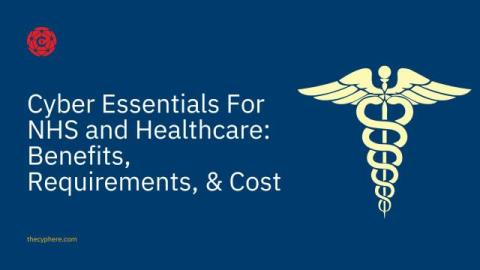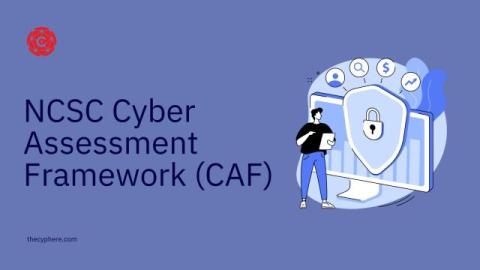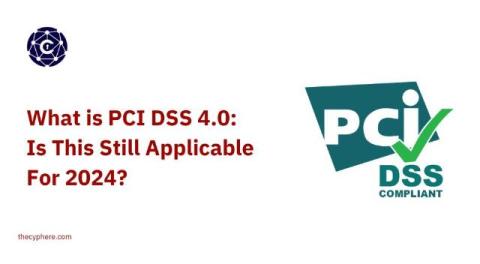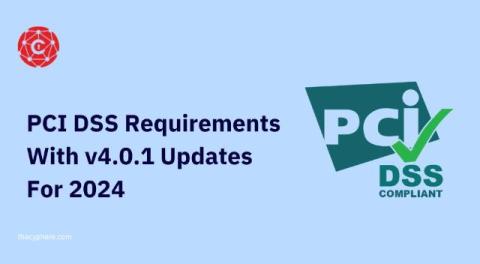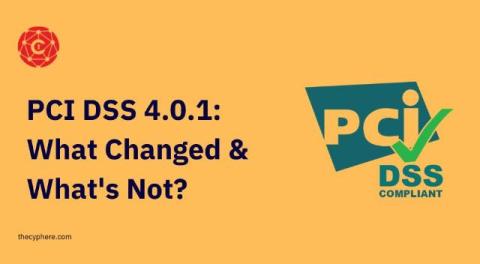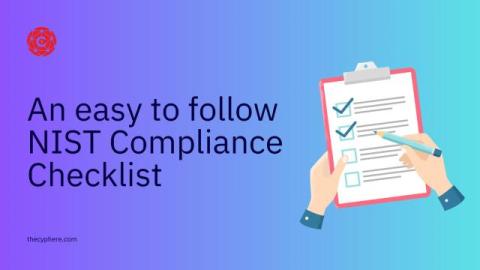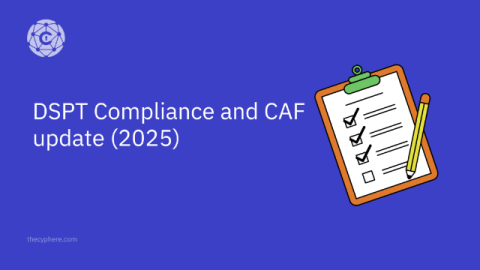Cyber Essentials NHS and Healthcare Organisations
Cyber Essentials scheme is a UK government-backed initiative designed to help organisations, large or small, shield themselves from common cyber threats. It outlines a straightforward set of technical security controls that, when appropriately implemented, can reduce an organisation’s attack surface. This is particularly vital for NHS and healthcare organisations. They handle NHS data that needs robust protection.


